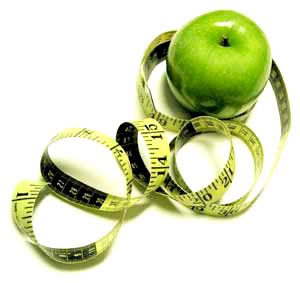
Hi there, today I would like to share some tips of “How to loss weight” that isn’t a mysterious process. In fact, weight loss doesn't even have to involve strange diets, special exercises or even the 'magic' of pills or fitness gadgets. Want the secret to weight loss? Make small changes each and every day and you'll slowly (but surely) lose those extra pounds. Here’s we go!
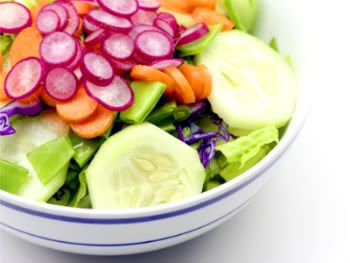
Rules of Weight Loss
To lose one pound, you must burn approximately 3500 calories over and above what you already burn doing daily activities. Sounds impossible doesn't it? Here's how it works.
1.Calculate your BMR. Your BMR is what your body needs to maintain normal functions like breathing, digestion, etc.
2.Calculate your activity level. Use a calorie calculator to figure out how many calories you burn while sitting, standing, exercising, lifting weights, etc. throughout the day.
3.Keep track of how many calories you eat. Use a food journal to add up what you eat and drink during the day. If you're eating less calories than you're burning, you'll lose weight.
As tips, you could have question “what’s Calories, BMR and calories Calucator?” So, just look below, you will find all answers as you doubt.

What’s Calories?
Have you ever heard this “That’s loaded with calories!” or “Are you counting your calories?”
When people talk about the calories in food, what do they mean? A calorie is a unit of measurement — but it doesn't measure weight or length. A calorie is a unit of energy in food and beverages we take in. We all need that energy to live. Everything we do relies on the energy that comes in the form of calories. The food we eat becomes the fuel that runs our bodies. Drinks also contain calories; sodas, for example, are referred to as "empty calories" meaning they carry no other nutritional value; but the calories definitely still count.
Most foods and drinks contain difference calories. Some foods, such as lettuce, contain few calories. (A cup of shredded lettuce has less than 10 calories.) Other foods, like peanuts, contain a lot of calories. (A half of a cup of peanuts has 427 calories.) No matter the form of your calories ... if you "overload your tank" you will find yourself gaining weight.
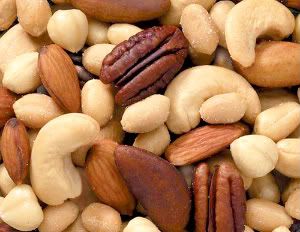
Where are Calories?
Calories are found in four components of foods. They are: fat, carbohydrates, protein and alcohol (i.e., sugar). Fat contains twice the calories of carbohydrates or protein (fat has 9 calories, carbohydate and Protein have 4 calories per gram).
How do Calories Get Stored as Fat?
When you are in excess of that, your body doesn't have any choice but to do something with those extra calories. It puts them in storage in the form of fat.
In other words, calories turn into fat when they're sitting around doing nothing. When you have taken in 3,500 calories above your caloric needs ... you gain a pound (Oh! My God).

How many calories should I eat if I want to lose weight?
To estimate how many calories you should consume in order to maintain your weight, you'll need to do a little math. By using a simple formula called the Harris-Benedict principle, you can assess your basal metabolic rate -- also known as your BMR.
Calculate Your BMR
Your BMR is the amount of energy your body needs to function. We use about 60% of the calories we consume each day for basic bodily functions such as breathing. Other factors that influence your BMR are height, weight, age and sex.
Step one: is to calculate your BMR with the following formula:
Women:
655 + (4.3 x weight in pounds) + (4.7 x height in inches) - (4.7 x age in years)
Men:
66 + (6.3 x weight in pounds) + (12.9 x height in inches) - (6.8 x age in years)
Please note that this formula applies only to adults.
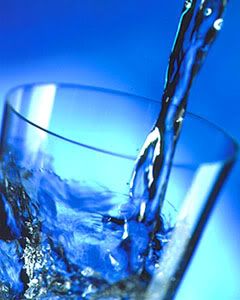
Step two: In order to incorporate activity into your daily caloric needs, do the following calculation:
1.If you are sedentary : BMR x 20 percent
2.If you are lightly active: BMR x 30 percent
3.If you are moderately active (You exercise most days a week.): BMR x 40 percent
4.If you are very active (You exercise intensely on a daily basis or for prolonged periods.): BMR x 50 percent
5.If you are extra active (You do hard labor or are in athletic training.): BMR x 60 percent
Add this number to your BMR.
The result of this formula will be the number of calories you can eat every day and maintain your current weight. In order to lose weight, you'll need to take in fewer calories than this result. As you lose weight, you can re-calculate the formula to assess your new BMR.
Example: Your BMR is 1500 calories and you burn 1000 calories in daily activity. To maintain your weight, you should be eating 2500 calories but, after keeping a food journal, you find that you are eating 3000 calories every day. By eating 500 more calories than your body needs, You will gain one pound everyweek.
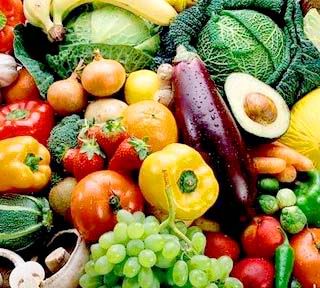
Count Calories to Lose Weight
It follows that if it takes 3,500 extra calories to gain a pound, all it takes is to cut 3,500 calories to lose one. This is best achieved by cutting some calories from your regular diet with simple changes, such as choosing reduced-calorie beverages daily and burning additional calories by exercising on a regular basis.
A healthy weight loss goal is to lose .5 to 2 pounds per week. Losing more than 2 pounds per week will mean the weight is less likely to stay off permanently. Never cut back to fewer than 1,200 daily calories without medical supervision.
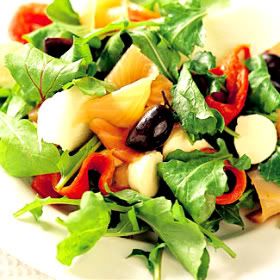
You can find out how many calories are in a food by looking at the nutrition facts label. The label also will describe the components of the food — how many grams of carbohydrate, protein, and fat it contains. That means if you know how many grams of each one are in a food, you can calculate the total calories. You would multiply the number of grams by the number of calories in a gram of that food component. For example, if a serving of potato chips (about 20 chips) has 10 grams of fat, 90 calories are from fat. That's 10 grams X 9 calories per gram.
Just so easy to loss weight, right? lol
Any queries that I could help you, please feel free to reach me at stargirlyune@gmail.com, see you!
Sources: Learning About Calories by Mary L. Gavin, Kidshealth.org/ How to Calculate Your Caloric Needs and Loss Weight by Jennifer R. Cott, About.com/ How to Loss Weight – The Basic of Weight Loss by Paige Waehner, About.com/ all pictures from google.com

No comments:
Post a Comment